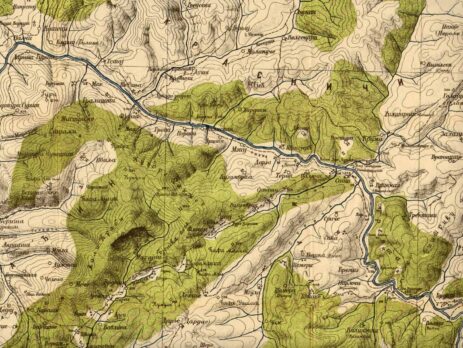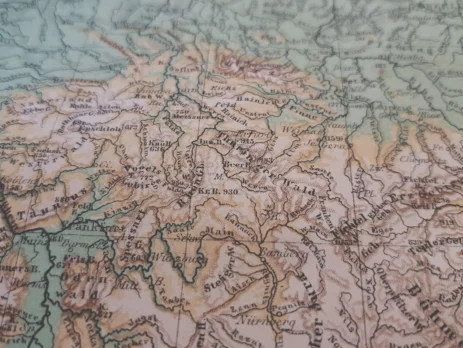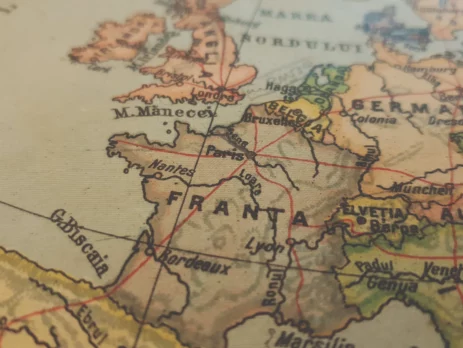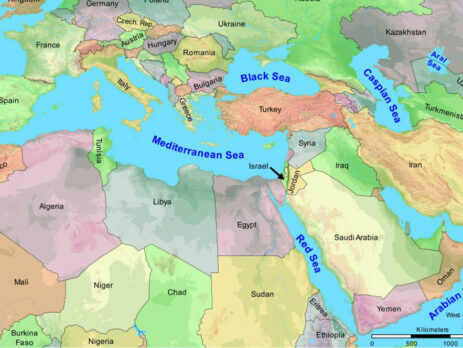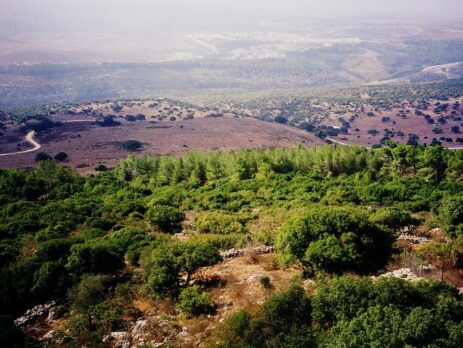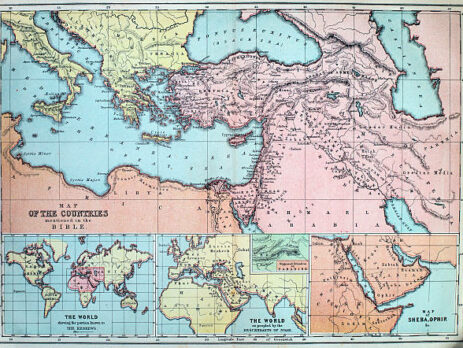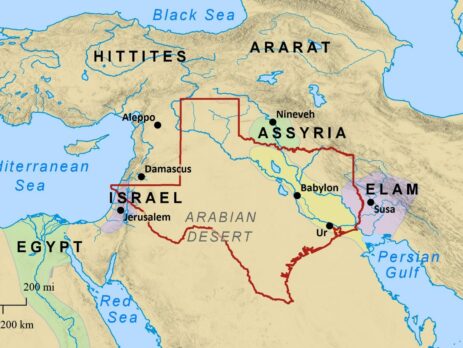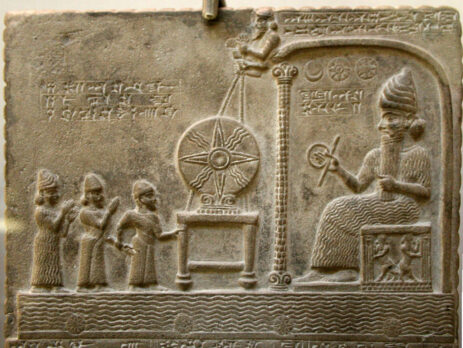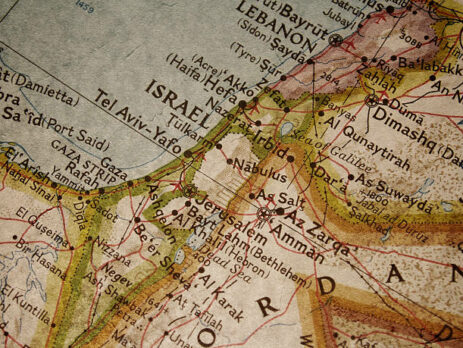Beyond the Surface: Adding Depth and Context to Digital Bible Maps
Digital Bible maps have become valuable tools for visualizing and exploring the geographical aspects of the sacred texts. They offer a unique and immersive experience, allowing readers to trace the journeys of biblical characters, understand the spatial context of events, and connect with the stories on a visual level. However, to fully appreciate the richness of the biblical narratives, it is essential to go beyond the surface and add depth and context to these digital maps. In this article, we will explore how to enhance digital Bible maps by incorporating historical context, theological insights, and cultural significance, thereby enriching our understanding of the scriptures. Historical Context: Unveiling the Past Integrating historical context into digital Bible maps provides essential background information that adds depth to the narratives. Understanding the historical setting, political climate, and social customs of the biblical era allows readers to see the stories from the perspectives of the characters and...

